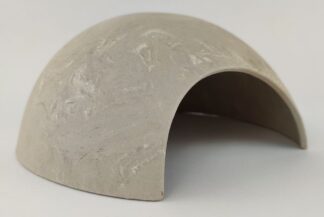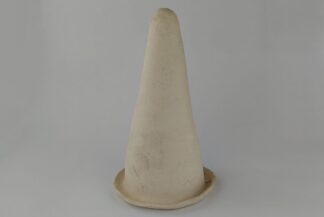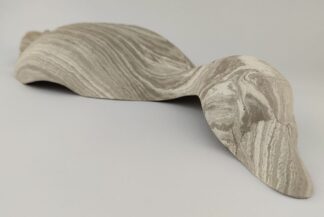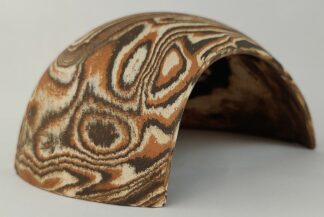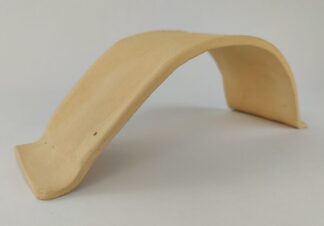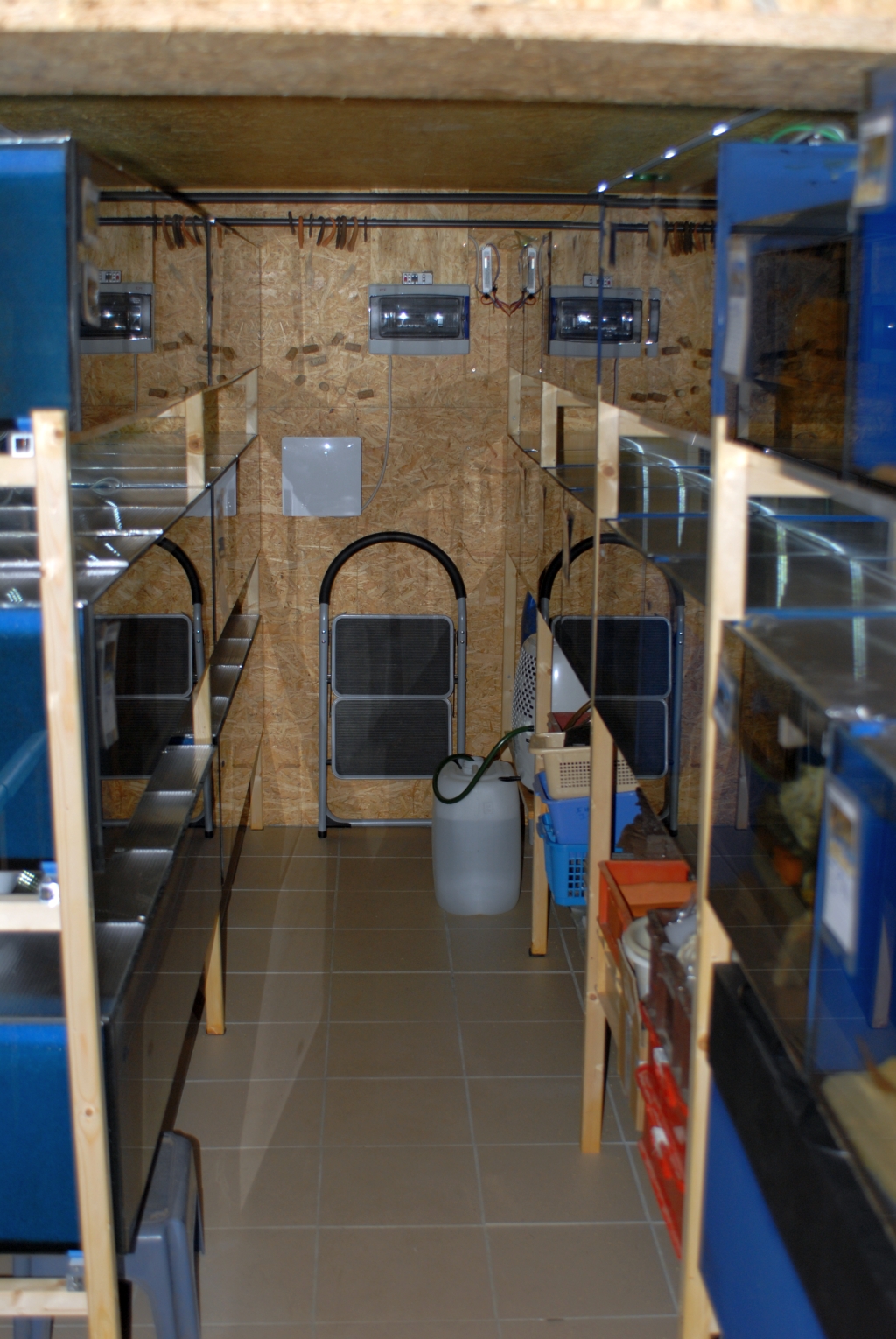
Hello everyone
I’ve now had my first few weeks in the new room, including the fish, and I’m slowly beginning to understand the room, its technology, its behaviour and its shortcomings, and above all to improve the latter bit by bit.
One after the other:
Temperature and air distribution in the room
The room is heated by a small gas heater, according to the calculation of the heat requirement, 2,300 kWh per year should be needed here. My main aim was to minimise the temperature differences between the bottom and top rows of aquariums. In my old aquarium room with central room heating, the temperature difference from row to row was around 1.5-1.8 °C. So if you wanted 27.5 °C at the top, it was critical to keep the fry in the middle row without additional heating because it was often less than 26 °C there. My solution at the time: lots of small heaters (25 or 50 watts), which easily managed the missing degree. But of course, this also costs additional electricity. In the new room, strong ventilation should now break up this stable temperature stratification.
The first fan I tried for this (a normal tube fan) had far too little power, so I ended up installing a professional device that generates a lot of wind. The fan did this so well that although all the tanks had almost the same temperature (difference between the rows < 0.5°C) due to this extreme air movement in continuous operation, the room as a whole did not reach the desired temperature, it remained too cool in the tanks (computer fan principle in summer for cooling). The solution was a timer, which now runs this fan at regular intervals for a total of 10 hours a day. Since then, the temperatures in the tanks have been almost as I wanted them to be. The differences between the rows are now somewhat greater but still far from those in the old room, and I can manage without additional heating (with one exception). I have roughly calculated the temperatures in the 3 rows over the last few weeks. You can see quite well from the summarised values:
| Top | Center | Bottom | |
| Min | 26,8 | 26 | 25,4 |
| Max | 29 | 27,7 | 26,8 |
| Difference | 2,2 | 1,7 | 1,4 |
| Mean value | 27,9 | 26,9 | 26,1 |
| Stand.dev. | 0,5 | 0,4 | 0,4 |
At the top it has an average of just under 28 °C for the breeding tanks, with larger fluctuations due to the water changes, below that the breeding tanks for the NZ are 1 °C lower, but with smaller fluctuations and the bottom row (I also need a few tanks where it is a bit cooler, e.g. for A. claro) still has an average temperature of over 26 °C and small fluctuations. I think I and the fish can live with that very well. So the first goal was halfway achieved. Ok, what’s still missing is a proper drop in temperature to see whether this also works with severe sub-zero temperatures in winter, but I’m actually quite confident about that.
Air humidity
Of course, humidity also plays a role when considering the temperature. The plan was to maintain good indoor air at all times through good ventilation of the room with integrated heat recovery while minimising heat loss. This did not work at all. The humidity was permanently well above 80 % and therefore far from ‘pleasant’, even though the fan was constantly running and the manufacturer had assured me in response to very specific questions about this problem that ‘no problem, the fan can certainly cope with high humidity levels, it will simply get rid of them’. Fiddlesticks, nothing there, nothing worked. The high water content of the air simply ‘blocked’ the heat exchanger (a clay body with many small honeycombs) with water.
Now it was time to make improvements. So I bought an internal dehumidifier. I actually wanted to avoid this because the thing needs a lot of electricity, which I wanted to save. But of course I didn’t think this through to the end, because the 180 watts/hour power consumption of the dehumidifier are not actually losses, they are nothing more than a heater for the room. And this means that the humidity is now in an acceptable range at around 60-65 %. And now the ventilation of the room with integrated heat recovery is working again. And in the balance sheet, of course, I have to subtract these 180 W/h from the required heating output of the gas stove, i.e. it will consume correspondingly less gas! As an added bonus, the distilled water for the production of our fertiliser is now available free of charge as a ‘waste product’ of the dehumidifier!

